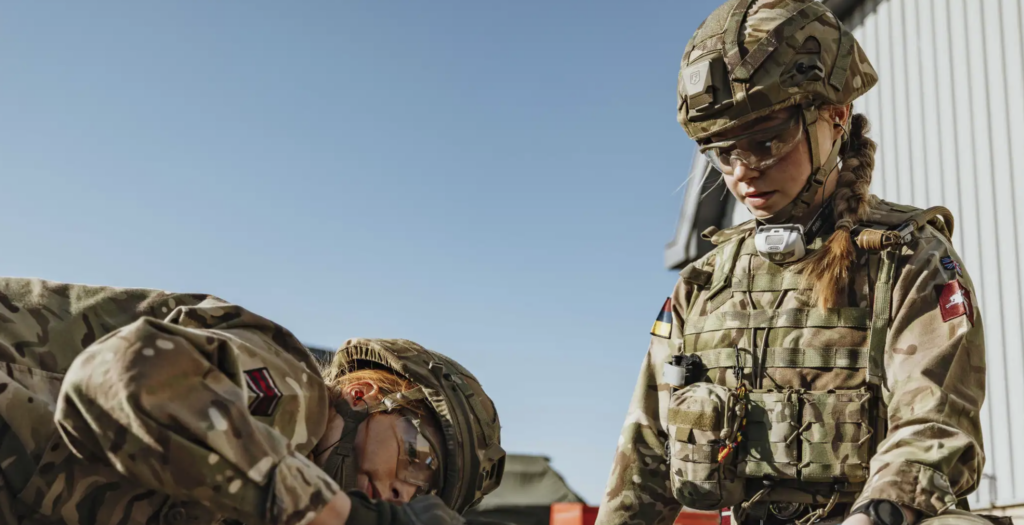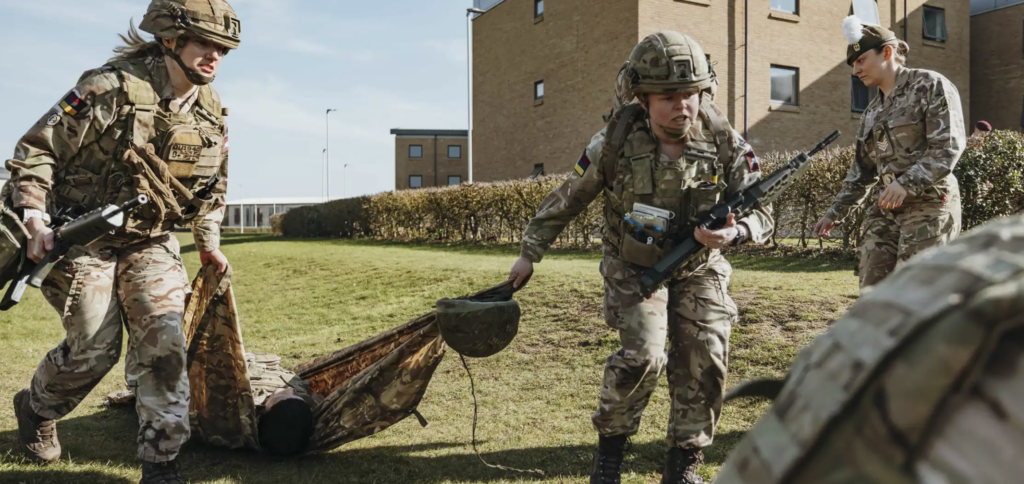British Army Unveil New Combat Life Saver Role
The British Army has introduced a new enhanced Combat Life Savers (CLS) role, which is said to enable personnel to meet the challenges of increasingly complex modern battle-spaces. This new medical role seeks to bridge the gap between the basic first aid already provided to soldiers of all ranks. It will replace the Team Medic role and will enable greater support for the more highly trained Combat Medical Technicians.
Inductees to the new CLS training will be trained to NATO standards, with the new role being able to provide improved, consistent medical aid while working alongside their comrades. The improved training will allow non-medically trained soldiers to deliver higher levels of care, including procedures that had been previously performed by specialised Combat Medics. The new CLS role is also similar to one currently utilised by both the U.S Army and the U.S Marine Corps.
The CLS training course is set to be 5 days long, which doubles the amount of medical training currently provided to British Army personnel. In a programme that covers treatment from the point of injury through to evacuation. It includes treatment skills for head injuries, hypothermia treatment, pain management, splinting, applying tourniquets and calling in medical evacuations. This move has also seen the introduction of a 5-day instructor course, designed by medical specialists from 16 Medical Regiment, which provides medical support to 16 Air Assault Brigade, at their HQ in Colchester, where two dedicated spaces have been set up for the new course.

Aaron Wrigley, a Warrant Officer with 16 Medical Regiment, explained that: “Medical personnel play a crucial role in supporting combat operations,” and that “this course creates a multiplier effect for life-saving skills across the Army. By training the trainers, we’re ensuring that critical medical knowledge reaches more personnel on the front line.”
One of the features of the training for the new CLS role is that the non-vocational medics will be able to perform needle compressions of the chest, a procedure previously only carried out by combat medics. They will also be trained in the adoption of the MARCH protocol (Massive haemorrhage, Airway, Respiration, Circulation, Hypothermia/Head injury), replacing the previous CABC (Catastrophic Haemorrhage, Airway, Breathing, Circulation) techniques. This will help CLS-trained troops quickly assess and treat the most critical injuries first, in an effort to minimise battlefield casualties and improve survival in life-threatening situations.
However, the new CLS role will not replace the Army’s current specialist Combat Medic/Combat Medical Technician role that remains crucial to the administering of emergency medical care to wounded soldiers during active operations.

